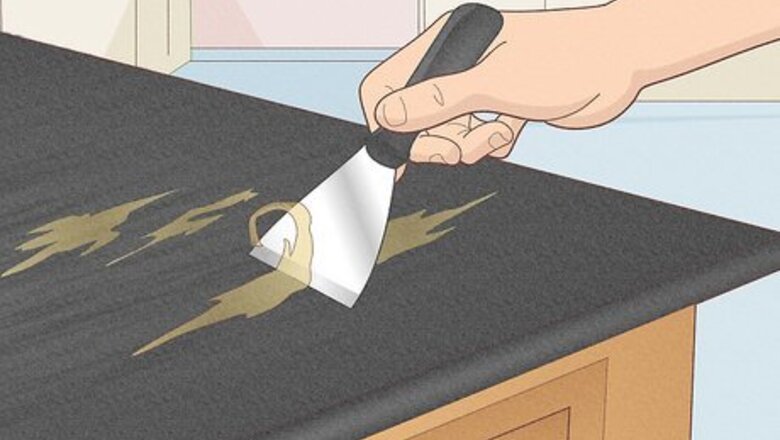
views
Scraping and Scrubbing the Glue Off
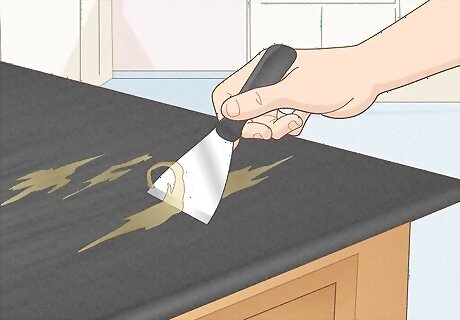
Scrape away all of the glue that you can first. Try to remove the glue with a putty knife first. Hold the flat edge of the putty knife close to the counter top, apply gentle pressure and push the putty knife’s blade towards the glue. Don’t apply so much pressure that you scrape your counter top, but keep the blade of the putty knife close to the counter. Keep scraping at the glue to remove as much as you can before you try other strategies.
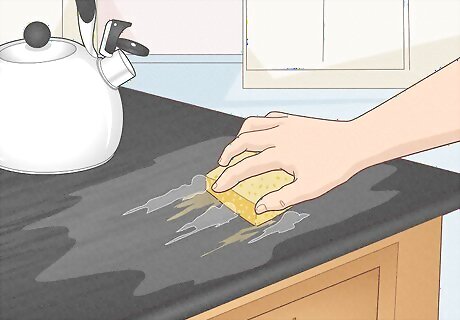
Scrub the glue with a little hot water and soap. You can also use a little dish soap and a wet sponge to scrub off the glue. Use the rough side of a sponge or a plastic net sponge to scrub away the glue. Rinse the sponge and reapply soap as needed. Keep scrubbing the spot until the glue comes off.
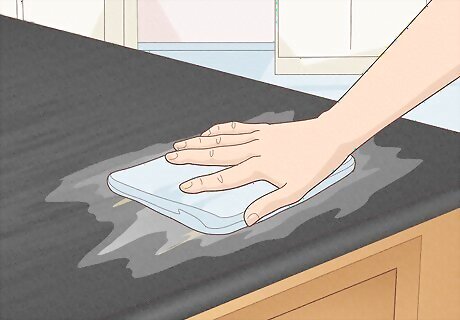
Soak the glue. If the glue is dry or if there is a lot of it, then you might need to soften it by soaking the spot. Moisten a wash cloth or paper towel with some hot water. Then, place the wet cloth over the glue on the counter to soften it. Leave the wet cloth on for a few hours and then try to scrub the spot again. You can also try scraping at the glue with a putty knife again. It might be easier to remove after the glue has softened up.
Using Acetone Nail Polish Remover
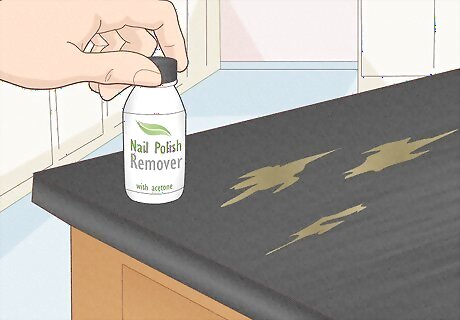
Get some nail polish remover that contains acetone. Most fingernail polish removers contain acetone, which is a powerful solvent. You can use nail polish remover to get glue off of your counter tops. Read the label to make sure the fingernail polish actually has acetone in it. Some nail polish removers don’t contain it. Be careful when working with acetone. Acetone is a volatile chemical that can dry out the skin and cause health effects if you ingest it. Always work with chemicals in a well-ventilated area.
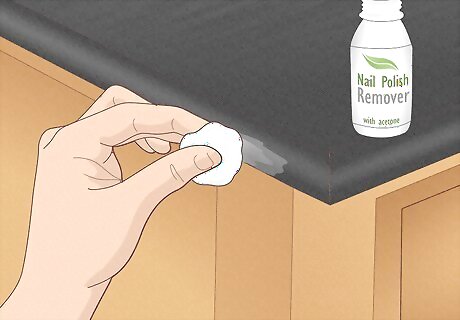
Test the nail polish remover on your countertop first. To ensure that the acetone will not discolor or damage your counters, it is a good idea to test a small area first, especially if your countertops are made from a special material, such as marble granite, or stone. Apply a small amount of acetone to an area of your counter that is not too visible and then wipe it away after a few minutes. If the nail polish remover causes discoloration, then try soap and water instead and repeat the process several times. Do not use acetone on your counters if it causes damage or discoloration.
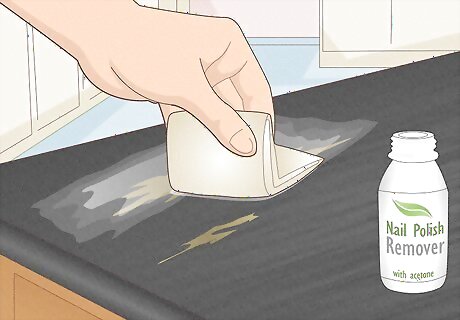
Apply the nail polish remover. If the nail polish remover did not discolor or damage your counter, then it is okay to use. Apply some nail polish remover to a paper towel or cotton ball. Then, apply the nail polish remover to the glue on your countertop. The acetone in the nail polish remover should dissolve the glue right away. You can also let the nail polish remover soak in for a while to help loosen up the glue. This might be a good idea if there is a thick layer of glue on your countertops.
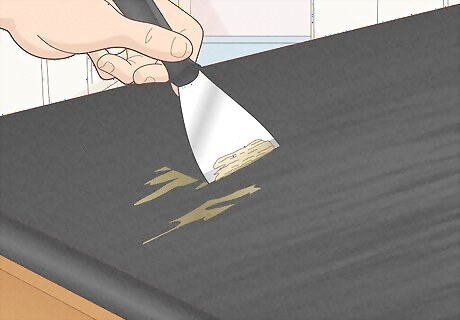
Scrape off the glue and clean the area. After the nail polish remover has had some time to work, you can remove the glue by wiping it up or scraping at it with a putty knife. Press the putty knife against the edge of the glue and push it forward to scrape off as much glue as you can. After you remove the glue, wipe off any excess glue scrapings and clean the entire area with some soap and water.
Using Commercial Glue Removers
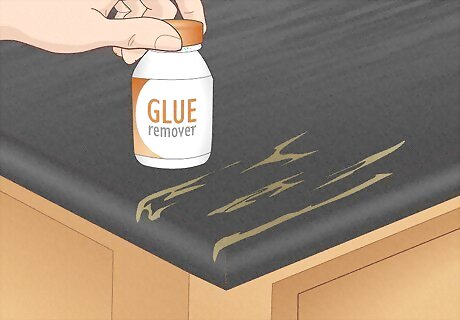
Purchase a commercial glue remover. For extra stubborn glue, you can find commercial glue removing products in hardware stores. Professional glue removers are powerful and you can use them on non-porous surfaces. You can also use them on marble, granite, ceramic, concrete and brick, as long as the surface is sealed. If you are not sure if your countertops are sealed, try dropping a few drops of water on the surface. If the surface is sealed, then the drops will remain. If not, then they will soak into the surface. Make sure that you pretest the glue removing product on an area that is not too visible. If it causes damage or discoloration, then do not use it.
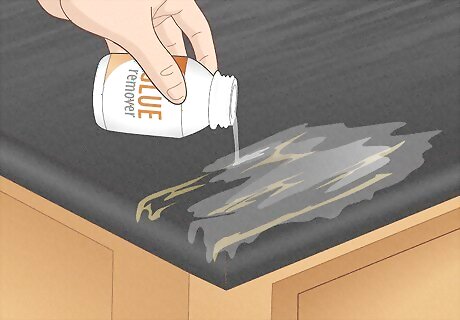
Apply the commercial glue removal product. Spray or pour on the recommended amount of product and allow it to sit. For most products, you will need to wait one to three minutes before wiping or scraping the product off. Make sure that you follow the manufacturer’s instructions for use.
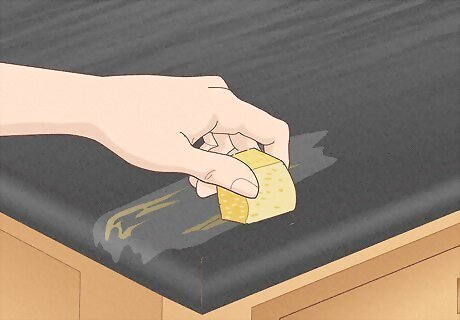
Remove the product. After you have left the product on for the suggested amount of time, then you can wipe it off. Use a paper towel or sponge to wipe off the product. It might also be helpful to try scraping at the glue with the putty knife again.
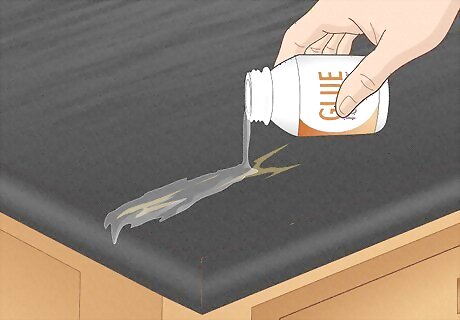
Reapply as needed. One application may not be enough to remove all of the glue from your countertop. If you still have glue on your counter after the first application, then reapply the product and repeat the process over again.

















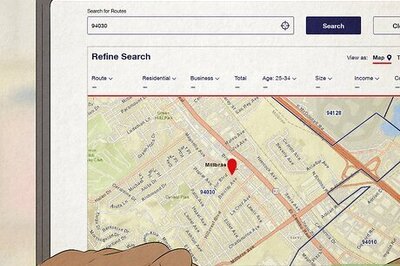

Comments
0 comment